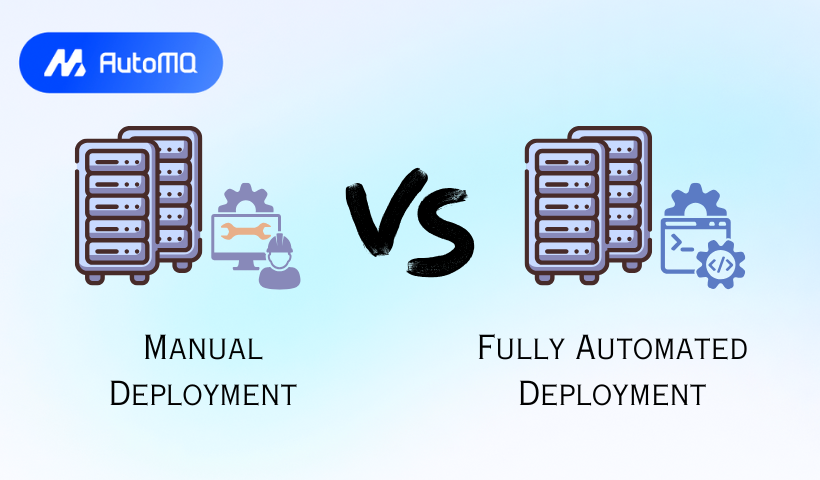Overview
Software deployment is a critical phase in the software development lifecycle (SDLC), marking the transition of a software application from development to a live environment where users can access it. The method of deployment significantly impacts speed, reliability, cost, and overall operational efficiency. Broadly, deployments can be categorized into two main approaches: fully automated deployment and manual deployment . This blog will delve into both, exploring their concepts, mechanics, a side-by-side comparison, and best practices.
Understanding the Basics: What is Deployment?
Before we compare, let's define our terms. Software deployment encompasses all the activities that make a software system available for use. This typically involves releasing a new version of an application or system, including installing, configuring, testing, and enabling the software.
The typical stages in a deployment process often include:
Preparation : Planning the release, preparing the environment, and ensuring all prerequisites are met.
Transfer/Installation : Moving the code/binaries to the target environment and installing them.
Configuration : Setting up application parameters, database connections, and other environment-specific settings.
Testing/Verification : Performing post-deployment checks to ensure the application is working as expected.
Activation : Making the new version live for users.
Monitoring & Post-Release : Observing the application for issues and performance.
![Workflow of Software Deployment Process [27]](https://static-file-demo.automq.com/6809c9c3aaa66b13a5498262/69099c7d3e0b3299ad59e57c_67480fef30f9df5f84f31d36%252F685e6573aea6958f51e08319_gIEi.png)
Manual Deployment: The Traditional Approach
Manual deployment involves a human operator or a team of operators performing most or all of the steps to release software to different environments (like staging or production) [1]. This process often relies on detailed checklists, runbooks, and sometimes custom scripts to guide the deployment activities.
How Manual Deployment Works:
Step-by-Step Execution : Engineers follow a predefined sequence of tasks, which might include copying files, running installation scripts, changing configuration settings, and restarting services, often directly on the servers or through remote connections [2].
Reliance on Human Expertise : The success of manual deployment heavily depends on the skills, knowledge, and diligence of the personnel involved.
Checklists are Key : Comprehensive checklists are often used to ensure all steps are followed and nothing is missed [3]. These might include pre-deployment checks, deployment steps, and post-deployment verification procedures.
Basic Scripting : While "manual," this process might involve simple scripts (e.g., shell scripts, batch files) to automate repetitive individual tasks, but the overall process orchestration remains manual [4].
Scenarios Favoring Manual Deployment:
Small-Scale Projects : For very small applications with infrequent releases and simple architectures, the overhead of setting up automation might not be justified [5].
One-Off Deployments : Unique or highly specialized deployments that are not expected to be repeated.
Legacy Systems : Older systems that are difficult to automate or where the cost of automation outweighs the benefits.
Limited Automation Expertise : If a team lacks the skills or resources to implement and maintain an automation pipeline.
Highly Sensitive/Custom Environments : In some rare cases, the need for extreme control or unique environment configurations might lead to a preference for manual oversight for specific steps, though this is increasingly handled by sophisticated automation.
Common Issues with Manual Deployment:
Error-Prone : Humans are susceptible to making mistakes, especially with complex and repetitive tasks, leading to deployment failures or inconsistencies [2].
Slow and Inefficient : Manual processes are inherently slower than automated ones, delaying release cycles and time-to-market [6].
Inconsistent Environments : Variations in how deployments are performed can lead to configuration drift between environments (e.g., staging vs. production) [7].
Scalability Challenges : Manual deployment doesn't scale well as the application complexity, number of servers, or frequency of releases increases [1].
Difficult Rollbacks : Reverting a failed manual deployment can be complex, time-consuming, and equally error-prone [2].
Stress and Burnout : Frequent, high-stakes manual deployments can lead to stress and burnout among operations teams [2].
Fully Automated Deployment: The Modern Standard
Fully automated deployment utilizes tools and processes to perform software releases with minimal to no human intervention once initiated [8]. It's a cornerstone of modern DevOps practices, enabling rapid, reliable, and repeatable deployments.
How Fully Automated Deployment Works:
CI/CD Pipelines : At the heart of automated deployment is the Continuous Integration/Continuous Delivery (or Continuous Deployment) pipeline [9].
Continuous Integration (CI) : Developers frequently merge code changes into a central repository, after which automated builds and tests are run [10].
Continuous Delivery (CD) : Code changes that pass automated tests are automatically released to a staging or production environment. Continuous Deployment implies that every validated change is automatically pushed to production.
Infrastructure as Code (IaC) : Defining and managing infrastructure (servers, networks, load balancers) through code (e.g., using tools like Terraform or Ansible), allowing for automated provisioning and configuration [11]. This ensures environments are consistent and reproducible.
Configuration Management : Tools (like Ansible, Chef, Puppet) automate the configuration of software and systems, ensuring consistency and preventing configuration drift.
Orchestration Platforms : Technologies like Kubernetes automate the deployment, scaling, and management of containerized applications, playing a key role in sophisticated automated deployment strategies.
![CI/CD Pipeline [26]](https://static-file-demo.automq.com/6809c9c3aaa66b13a5498262/69099c7d3e0b3299ad59e57f_67480fef30f9df5f84f31d36%252F685e65736af15227ba5c8ab3_Ryfv.png)
Common Automated Deployment Strategies:
Blue-Green Deployment : Two identical production environments ("Blue" and "Green") are maintained. The new version is deployed to the inactive environment (e.g., Green) and, after testing, traffic is switched from Blue to Green. This allows for instant rollback by simply switching traffic back if issues arise [12].
Canary Deployment : The new version is released to a small subset of users/servers first. If it performs well, it's gradually rolled out to the rest of the infrastructure. This limits the impact of any potential issues [13].
Rolling Updates : The new version is deployed incrementally to a subset of servers at a time, replacing instances of the old version. This avoids downtime but can have a period where both versions are running [14].
GitOps : A paradigm that uses Git as the single source of truth for declarative infrastructure and applications. Automated processes ensure the live environment matches the state defined in the Git repository [15].
Benefits of Fully Automated Deployment:
Speed and Frequency : Enables much faster and more frequent releases, reducing time-to-market for new features [6].
Reliability and Consistency : Automated processes execute tasks consistently, reducing human error and ensuring deployments are repeatable [8].
Improved Developer Productivity : Automating deployments frees up developers and operations staff from manual toil, allowing them to focus on building value [6].
Scalability : Automated systems can handle deployments to large and complex environments efficiently.
Easier Rollbacks : Automated strategies often incorporate mechanisms for quick and reliable rollbacks [16].
Enhanced Security : Automation can enforce security best practices consistently, integrate security scanning into the pipeline, and reduce the need for direct human access to production environments [17].
Common Issues with Fully Automated Deployment:
Initial Setup Complexity & Cost : Designing and implementing a robust automation pipeline requires upfront investment in tools, infrastructure, and expertise [18].
Toolchain Maintenance : The CI/CD pipeline and associated automation tools require ongoing maintenance and updates.
Over-Reliance on Automation : Without proper monitoring and validation, issues can be propagated quickly and widely.
Cultural Shift : Requires a shift in mindset and collaboration between development and operations teams (DevOps culture) [19].
Testing Gaps : If automated tests are not comprehensive, faulty code can still make it to production despite automation [20].
Side-by-Side Comparison: Manual vs. Fully Automated
| Feature | Manual Deployment | Fully Automated Deployment |
|---|---|---|
| Speed & Frequency | Slow, infrequent releases possible | Fast, frequent releases (daily, hourly) possible [6] |
| Consistency | Low; prone to human variation [7] | High; repeatable and standardized processes [8] |
| Reliability | Lower; higher chance of human error [2] | Higher; reduced human error |
| Error Rate | Higher | Lower, with good testing & monitoring [20] |
| Scalability | Poor; difficult to scale with application/infra growth [1] | Excellent; handles complex environments easily |
| Cost | High operational labor costs over time [21] | Higher initial setup, lower operational costs [18, 21] |
| Human Effort | High; requires significant manual intervention | Low; primarily monitoring and initial setup/maintenance |
| Rollback | Complex, slow, risky [2] | Faster, safer, often automated [16] |
| Feedback Loop | Slow; issues identified late | Fast; issues identified early in CI/CD pipeline [9] |
| Security | Prone to inconsistencies, manual access risks [2] | Can enforce security policies, automated checks [17] |
| Flexibility | High for ad-hoc changes (but risky) | Requires planning for changes, but highly adaptable |
| Auditability | Can be difficult, relies on manual logs | High; pipelines provide detailed logs and version history |
Best Practices
Whether you're refining a manual process or optimizing a fully automated one, certain practices can improve outcomes.
For Manual Deployment (if unavoidable):
Comprehensive Checklists : Maintain detailed, up-to-date checklists for all deployment procedures [3].
Version Control Everything : Even if scripts are simple, keep them and configuration files in version control.
Environment Parity : Strive to keep development, staging, and production environments as similar as possible.
Peer Reviews : Have another engineer review the deployment plan and execution.
Automate Small Chunks : Identify the most repetitive and error-prone manual steps and try to automate just those parts [22].
Thorough Pre- and Post-Deployment Testing : Manually verify critical functionalities.
Document Everything : Including any deviations or issues encountered.
For Fully Automated Deployment:
Start Small & Iterate : Don't try to automate everything at once. Begin with one application or one part of the pipeline [23].
Invest in Robust Testing : Comprehensive automated tests (unit, integration, end-to-end) are crucial for confident automated deployments [20].
Infrastructure as Code (IaC) : Manage your environments declaratively to ensure consistency and repeatability [11].
Monitor Everything : Implement comprehensive monitoring and alerting for your pipeline and deployed applications [20].
Immutable Infrastructure : Treat infrastructure components as immutable. Instead of changing them, replace them with new, updated versions.
Secure Your Pipeline : Implement access controls, secrets management, and vulnerability scanning within your CI/CD pipeline [17].
Implement Safe Deployment Strategies : Use blue-green, canary, or rolling updates to minimize risk [12, 13, 14].
Automated Rollbacks : Design your pipeline to facilitate quick and automated rollbacks in case of failure [16].
Continuous Improvement : Regularly review and optimize your deployment processes. The State of DevOps reports often highlight that elite performers continuously refine their practices.
The Role of Event Streaming Platforms in Deployment
For applications involving event streaming, such as those built with Apache Kafka or similar technologies, deployment automation extends to the platform itself and its components. This can include:
Automating the provisioning and configuration of brokers, topics, and schemas.
Using Kubernetes operators specifically designed for managing event streaming clusters, which simplifies deployment, scaling, and operational tasks [24].
Integrating schema management into CI/CD pipelines, ensuring that schema changes are versioned, validated, and deployed in a controlled manner, often by pre-registering schemas rather than relying on automatic creation in production [25].
Automating the deployment of Kafka Connect connectors, stream processing applications, and other ecosystem components.
CI/CD for event-driven architectures focuses on testing event flows, managing schema evolution, and ensuring data compatibility across services [9]. Automation here is key to maintaining the agility and reliability of these complex systems.
Conclusion
While manual deployment might suffice for very specific, limited scenarios, the overwhelming trend and best practice in modern software development is fully automated deployment. The benefits in terms of speed, reliability, scalability, and efficiency are substantial, allowing organizations to deliver value to users faster and more consistently.
The transition from manual to automated deployment requires an investment in tools, processes, and skills, fostering a DevOps culture of collaboration and continuous improvement [19]. By leveraging CI/CD pipelines, Infrastructure as Code, robust testing, and modern deployment strategies, teams can significantly reduce the risks and toil associated with releasing software, turning deployments from a source of anxiety into a routine, reliable operation.
If you find this content helpful, you might also be interested in our product AutoMQ. AutoMQ is a cloud-native alternative to Kafka by decoupling durability to S3 and EBS. 10x Cost-Effective. No Cross-AZ Traffic Cost. Autoscale in seconds. Single-digit ms latency. AutoMQ now is source code available on github. Big Companies Worldwide are Using AutoMQ. Check the following case studies to learn more:
Grab: Driving Efficiency with AutoMQ in DataStreaming Platform
Palmpay Uses AutoMQ to Replace Kafka, Optimizing Costs by 50%+
How Asia’s Quora Zhihu uses AutoMQ to reduce Kafka cost and maintenance complexity
XPENG Motors Reduces Costs by 50%+ by Replacing Kafka with AutoMQ
Asia's GOAT, Poizon uses AutoMQ Kafka to build observability platform for massive data(30 GB/s)
AutoMQ Helps CaoCao Mobility Address Kafka Scalability During Holidays
JD.comx AutoMQ x CubeFS: A Cost-Effective Journey at Trillion-Scale Kafka Messaging
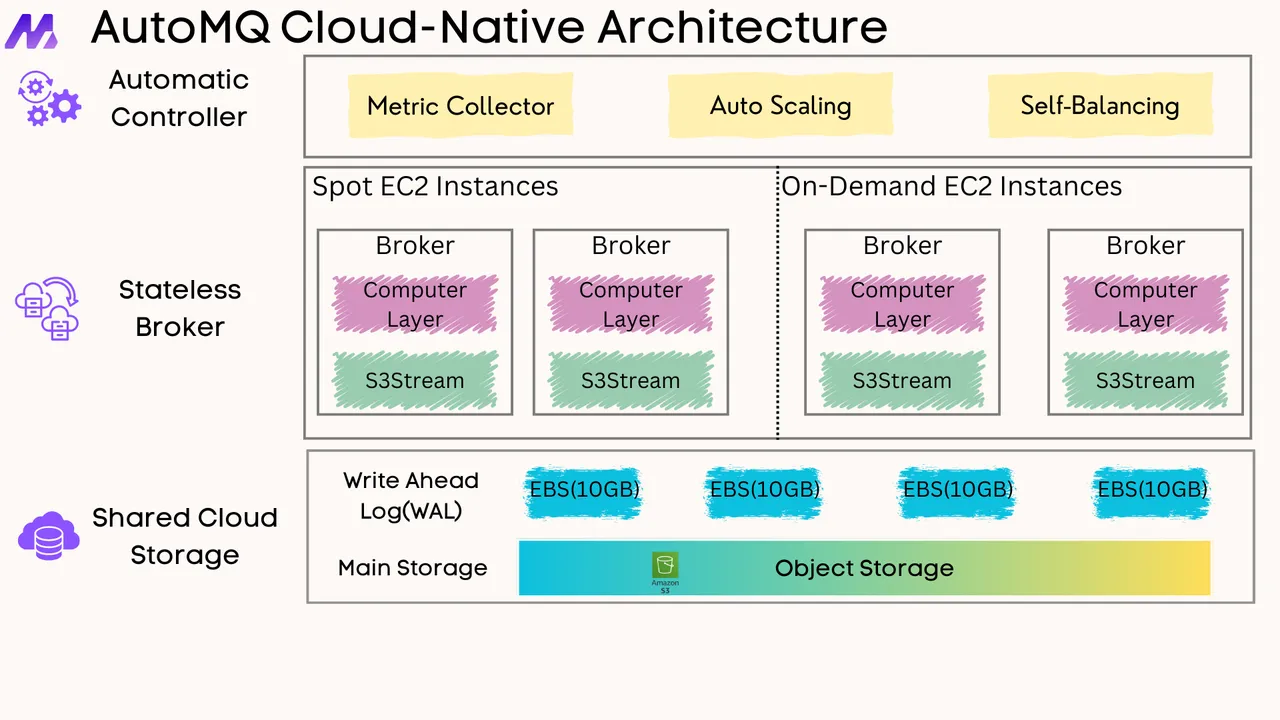





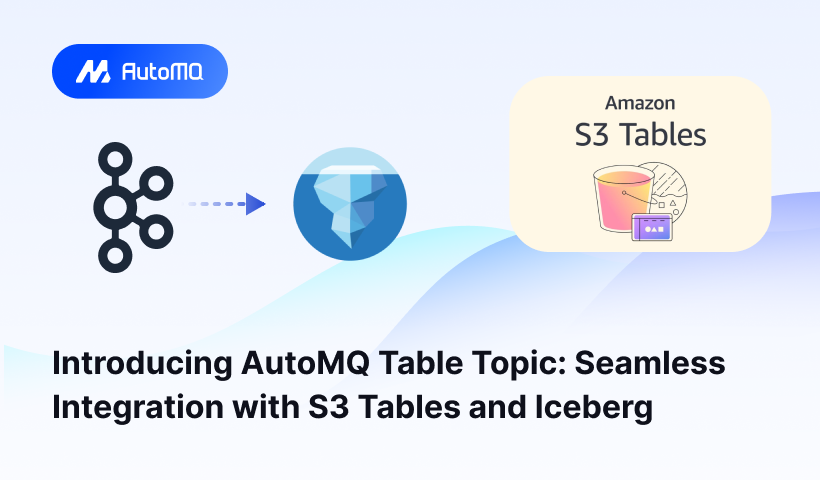
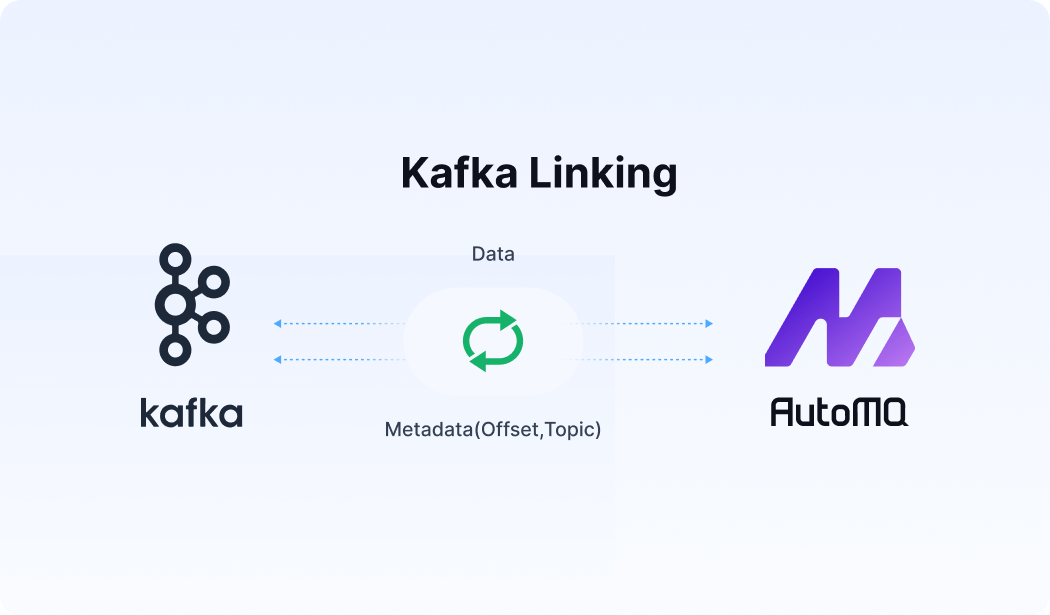




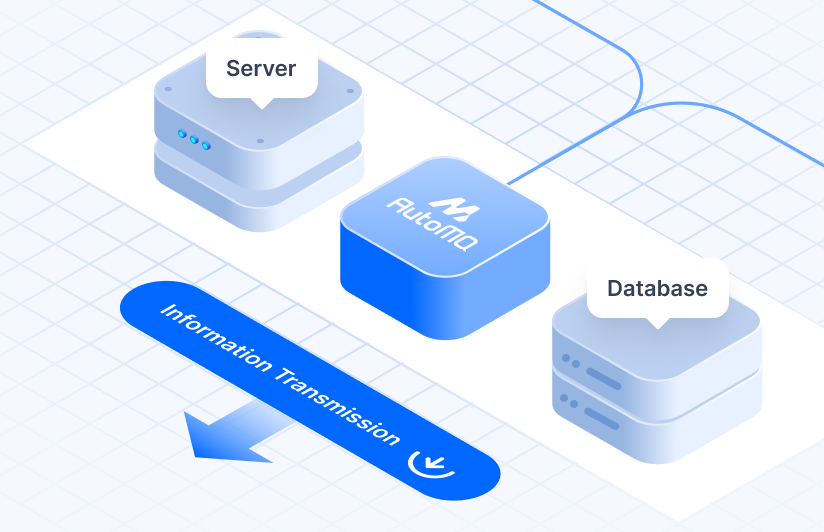



.png)
